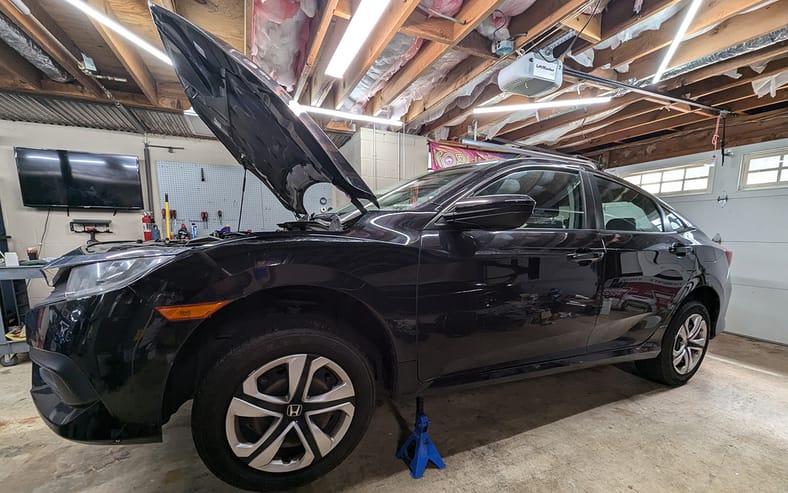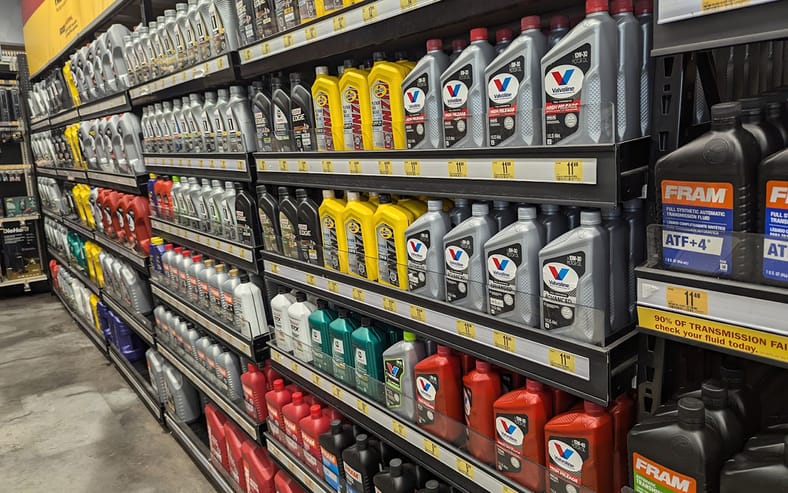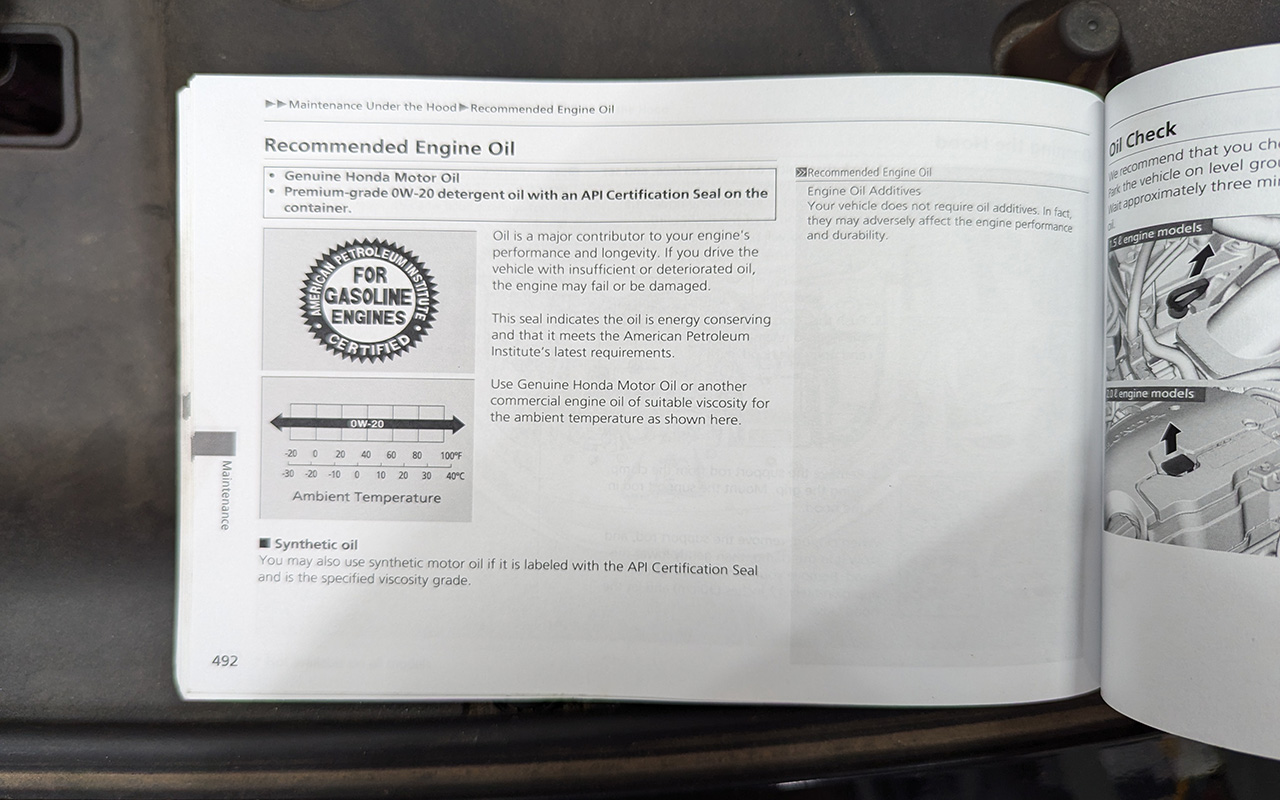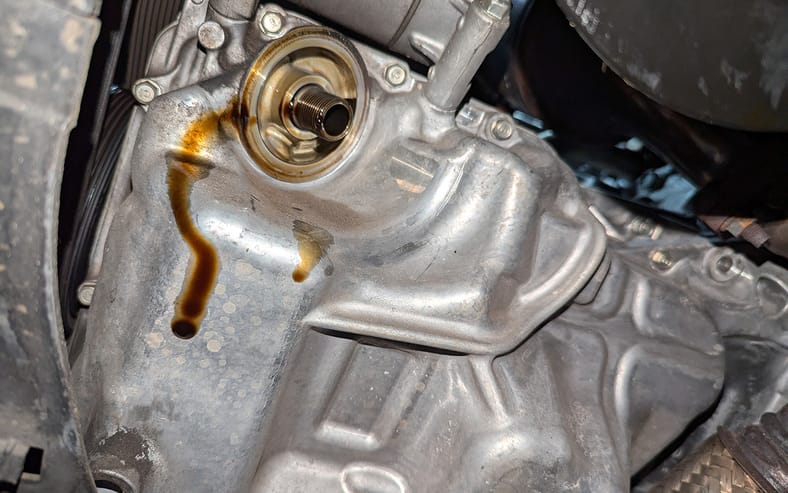Car Oil Changes and You: What You Need to Know

The thought of doing your own maintenance on your car can be daunting at first. It can seem like a scary task, and the thought of messing up (What could I break?! Am I doing this right?!) or the simple fear of learning keeps many of us from ever touching our own cars. But whether you take your car for an oil change or do it yourself, you need to know the basics do you don’t overpay or worse, get the wrong service.
Also keep in mind that all vehicles are different; please refer to your owner’s manual before starting any maintenance. Many cars have have unique specifications or requirements for maintenance.
Read: Need an Oil Change? New Tires? Car Maintenance Apps To Keep Your Car Healthy
Why Does Your Car Need Oil Changes?

The oil change is the most common maintenance item on any car. But why does your car need an oil change? Your car’s engine has a bunch of moving pieces, all made of metal. These pieces need lubrication. Without lubrication, the metal components wouldn’t be able to slide against each other, and the pieces inside your engine wouldn’t be able to move, meaning you wouldn’t be able to drive. Engine oil serves as this lubrication.
Keeping oil at an adequate level and changing it regularly helps improve performance and increase the lifespan of your engine. If your engine oil level is low, those metal pieces may not be properly lubricated and can damage each other, which can lead to improper seals, fluids getting where they’re not supposed to, and worse.
Changing your oil drains the old, gross oil that invariably has picked up debris from inside the engine. If left unattended, this old oil can get thick and cause sludge buildup in your engine. Over time, this will decrease your power output and fuel efficiency, and it can also prematurely wear your engine.
Read: Car Buying and Maintenance Tips From a Race Track Star
How Often Do You Need to the Have Oil Changed?

Every car make and model has a factory-recommended oil change interval. Most newer cars have longer intervals, sometimes over 10,000 miles. If you are unsure of your car’s interval, look at the manual. The owner’s manual may specify three different mileages depending on the type of oil that you use, so be sure you are looking at the appropriate column for the type of oil you are using (keep reading for more on that).
If your vehicle is older or has high mileage, it may be a good idea to change the oil more frequently than the manufacturer’s specification. You can never change the oil too frequently. It won’t hurt your engine – just your wallet.
Need expert help diagnosing an issue with your car? Call the Car Genius help line at (877) 323-1708. You can also go to Repair Pal to find an authorized auto service center.
Read More: 9 Auto Repair Questions to Ask Our Mechanic — It’s Free!
What Kind of Oil Do You Need?

When browsing the oil selection at the auto parts store, there are two factors to pay attention to. The first is the type of oil. There are three main types of oil: conventional, synthetic blend, and full synthetic. Conventional oil is good ol’ oil. This will be the most inexpensive option (and this is likely what a quick-service, inexpensive oil change shop will use unless you specify the oil type) and works just fine. With conventional oil, your oil change interval will be shorter, so it will be recommended that you change your oil after fewer miles.
Synthetic blend oils, like the name says, are a mix of conventional and synthetic oils and will be a mid-priced option, but also will likely have the fewest options on the shelf.
Full synthetic oil is a synthetically-produced oil. This type of oil will be the most expensive option but, in most instances, is better for your engine. This is because synthetic oils have added chemicals to make the oil even better at lubricating and protecting your engine components.
There are some specialty oils that you may see on the shelf as well, such as gear oil (for differentials and transmissions), break-in-oil (for brand new engines, although you do not need this if you purchase a new car, unless the manufacturer tells you that you do), and diesel oil. If you drive a diesel truck, be sure to use the proper diesel oil.
Decoding the Viscosity Rating

The second factor to pay attention to is oil viscosity, or the thickness of the oil. This number is written as a number followed by a “W” followed by another number. The first number with the “W” is the cold viscosity (thickness) of the oil, while the second number is the hot viscosity. The higher the number, the most viscous (thicker) the oil. For example, a 5W20 oil is less thick and a 10W40 oil.
The manufacturer of your car will have a recommended oil viscosity, sometimes called oil weight. In most instances, you will want to use the manufacturer’s recommendation. For performance cars, antique vehicles, and very high mileage engines, you may opt to vary from the manufacturer’s recommendations, but always refer to a professional for a recommendation before changing your oil weight. You can find this oil weight recommendation in your owner’s manual or, in most cases, written on the oil cap of the car.
Additionally, your owner’s manual should specify the oil capacity, or the amount of oil that your engine needs. This will be the amount of oil to your car will need if you’re having it changed or changing it yourself. You’ll also need an oil filter; this filters out the debris that the oil picks up and should be changed at every oil change. Oil filters are not one size fits all so if you’re buying the supplies for an oil change, be sure to get the right one for your car.
Topping Off the Oil In Your Car

Some cars use oil over time; others burn it slowly and yet others have slow leaks. It’s a good idea to note the amount of oil that was removed when you get the oil changed; was it the proper amount? If not, you should probably periodically check your oil level and if you need to, top off the tank until you can have the oil changed. Be sure to use the same type of oil used at your last oil change and add enough to reach the full line.
Check your oil level when the engine is cold by pulling out the dipstick, wiping it clean, reinserting it and pulling it out again; this is the amount of oil in the car. Your dipstick should have some markers on it to let you know if your oil level is sufficient or not.
What Tools Do Are Needed For an Oil Change If You DIY?

You will need minimal tools for oil changes. If you decide to perform routine maintenance on your own vehicle, I recommend purchasing a simple tool kit. Most tool suppliers will have a specific “mechanic’s tool kit” that will have the basics.
For an oil change, you will need a wrench or a ratchet and socket in the size of your oil drain plug, a screwdriver or Allen wrench if you have an undertray that needs to be removed, an oil filter wrench (for a spin-on oil filter, pictured below, which will look like a little tin can) or a large socket to fit the oil filter canister (for a canister style oil filter, pictured below, which will look like ribbed cylinder), an oil drain pan, and, if you have a sedan or lower SUV, either a jack and jack stands or some simple automotive ramps.
I also recommend some disposable gloves to keep your hands clean. And for the fun and satisfying last part of the oil change, pouring the oil into the oil filler, a funnel will make your life a lot easier.
More About:Car Maintenance
